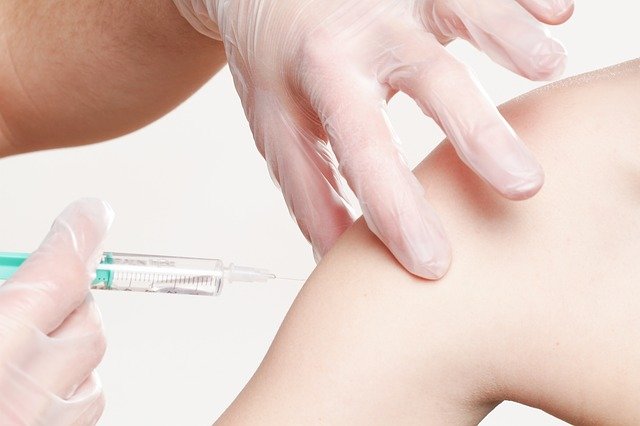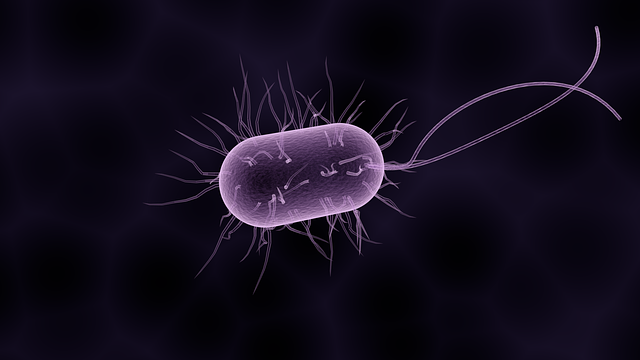Inactivated vaccines use a pathogen that has been modified so that it cannot replicate to stimulate our immune system. They are safe because they cannot cause disease. However, booster doses may be necessary.
Vaccines that make use of the entire pathogenic virus are called whole virus vaccines. Using a pathogen or a part of a pathogen in a vaccine is a traditional approach, and most vaccines available today work this way.
In contrast, the COVID-19 mRNA vaccines by Pfizer-BioNTech and Moderna use genetic material that is chemically synthesized in a laboratory to teach our immune system how to fight off future infections with the SARS-CoV-2 virus.
There are two different types of whole virus vaccines: live attenuated and inactivated.
Live attenuated vaccines use a weakened form of a pathogen. These elicit strong immune responses but are not suitable for people with a weakened immune system.
Making inactivated vaccines
The Chinese state-owned biopharmaceutical company Sinopharm developed the inactivated COVID-19 vaccine called BBIBP-CorV in collaboration with the Beijing Institute of Biological Products.
The researchers studied SARS-CoV-2 samples from three people and chose one as the basis for their vaccine. They expanded the virus in cells and then used a chemical called beta-propiolactone to inactivate it. This chemical modifies the virus’s genetic material, leaving it unable to replicate.
Other companies have used very similar approaches to develop their COVID-19 inactivated vaccines.
Scientists at the private Chinese company Sinovac developed an inactivated COVID-19 vaccine called CoronaVac, while Bharat Biotech and the Indian Council of Medical Research co-developed Covaxin.
All three vaccines contain aluminum hydroxide. This substance serves as an adjuvant, a term that scientists use to describe chemical compounds that boost the effectiveness of a vaccine.
Covaxin has an additional adjuvant called a toll-like receptor (TLR) 7/8 agonist, which also prompts a strong immune response.
Safety and efficacy
Experts consider inactivated vaccines that are licensed or authorized for use to be safe. As they do not contain pathogens that can replicate, they are unable to cause disease.
The three inactivated COVID-19 vaccines that are authorized for use in a number of countries across the world cannot cause COVID-19 because the SARS-CoV-2 virus in the vaccine doses has been chemically modified to stop it from making copies of itself.
There are some data on the safety and efficacy of these vaccines, but none of the companies have released the data from their phase 3 clinical trials yet.
Sinopharm published the results of their phase 1/2 trial in The Lancet Infectious Diseases. The data suggest that the vaccine is safe and well-tolerated. About 30% of the trial participants showed some mild-to-moderate side effects, including fever and pain at the injection site.
The company reported an efficacy of 79%, although they have not published the full data.
The results from phase 1/2 trials of CoronaVac, which also appear in The Lancet Infectious Diseases, suggest that this vaccine is also safe but has some mild-to-moderate side effects.
However, there has been controversy about how well CoronaVac works. Scientists and officials from different countries have announced varying rates of efficacy, ranging from 91% in Turkey to as low as 50% in Brazil.
Data on the Covaxin vaccine have not undergone peer review yet. A preprint from the phase 1 study suggests that it is safe and that some participants had mild-to-moderate side effects.






